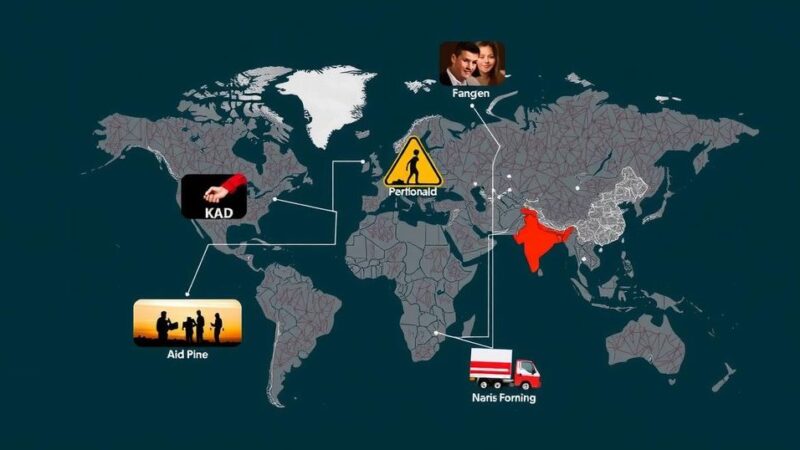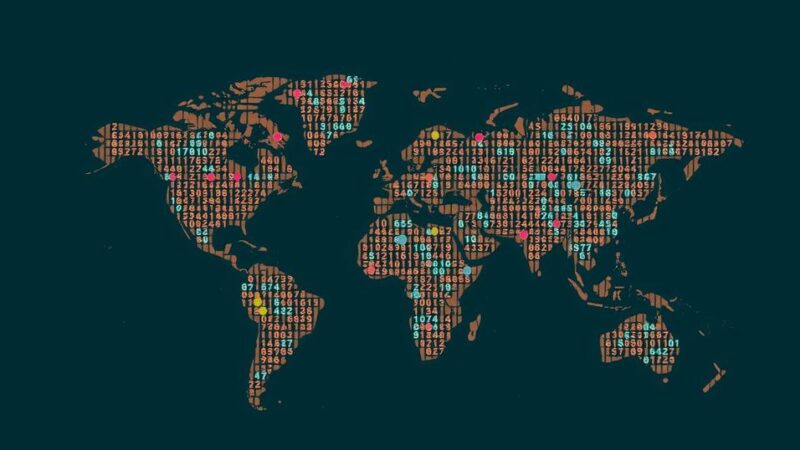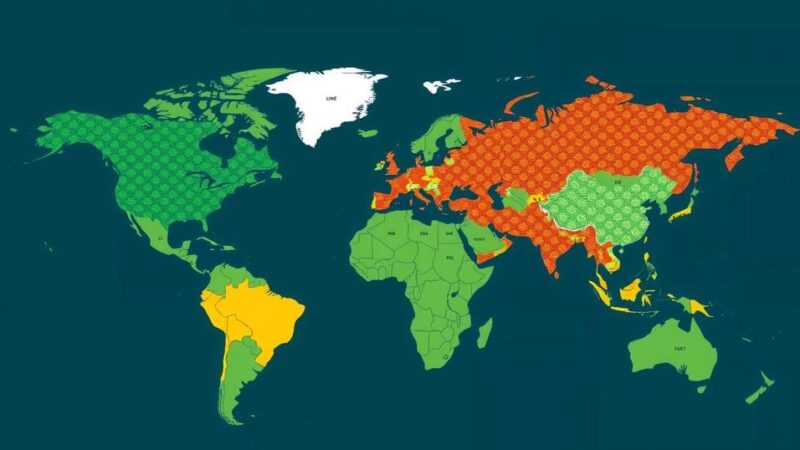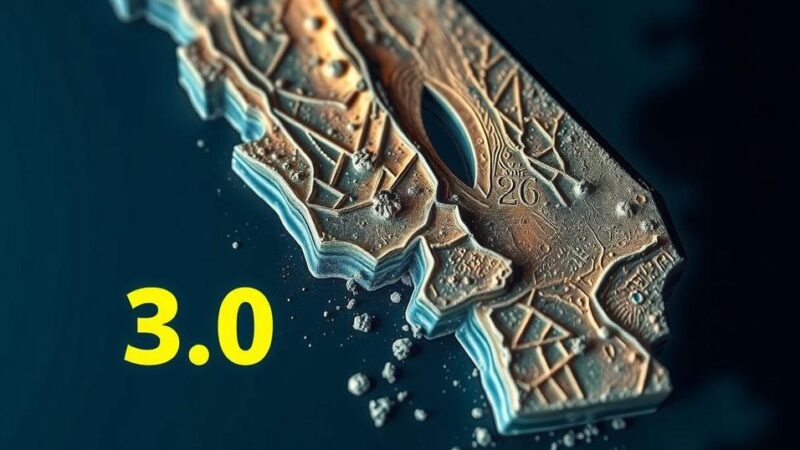This article provides a firsthand account of a comprehensive military mission by the Israel Defense Forces involving a Boeing 707 refueling aircraft en route to Hodeidah Port in Yemen. Amid escalated hostilities following Hamas’ attack on Israel, the mission targets Houthi rebels launching missiles towards Israeli territories. The narrative explores the operational complexities, the rationale behind the strikes, and Israel’s message directed toward Iran while highlighting the broader regional conflicts.
Aboard an aging Boeing 707 soaring above the Red Sea, I donned advanced 3D goggles and observed a small monitor nestled among an array of outdated instruments. To my right, the amber sands of Saudi Arabia flowed past, while to my left was the coast of Egypt, and soon, a formidable F35 fighter jet appeared on my screen. I was accompanying the Israel Defense Forces (IDF) as the first foreign journalist to embark on a combat mission far from Israel, this time aboard a refueling aircraft. This mission forms part of Israel’s broader military response following the attack by Hamas on October 7, which sparked intensified conflict not only in Gaza but also with Hezbollah in Lebanon and the Houthis in Yemen. The repercussions of these hostilities have resulted in catastrophic casualties: nearly 42,000 deaths in Gaza and over 1,000 in Lebanon, while extensive bombing campaigns in Yemen have further devastated this already war-ravaged nation. The invitation to join this mission came with little information regarding the flight’s destination. As I ascended the plane’s dilapidated steps, it was unclear what military operations I would witness or where we were headed. Strict security protocols prohibited both Lt. Col. Nadav Shoshani, the IDF spokesman, and myself from bringing mobile phones or cameras aboard. I was granted access to the over 50-year-old aircraft, with the stipulation that the pilots’ identities remain confidential. This unique opportunity allowed an intimate glimpse into the lives of those engaged in Israel’s multi-front conflict. Even without visual documentation, the remnants of the aircraft’s past as a commercial airliner were evident, notably the antiquated overhead call buttons displaying an outdated female figure. Modern adaptations stripped away passenger amenities, repurposing this plane with extensive fuel tanks vital for Israel’s military strategy. As we embarked on a 1,200-mile refueling mission, the IDF undertook its longest combat operation since the 1985 raid on Tunis. The squadron commander quoted Prime Minister Benjamin Netanyahu’s recent remarks to the United Nations General Assembly, asserting, “There is no place… that the long arm of Israel cannot reach.” Over an extended duration, Israeli F35 jets, valued individually at over $100 million, approached the 707 tanker to refuel. The squadron commander, equipped with the 3D goggles, carefully maneuvered the refueling nozzle as he emphasized the challenges of ensuring optimal refueling volumes while maintaining precise timing for the jets to achieve their objectives. Upon reviewing the mission map, I learned that we were en route to Hodeidah Port in Yemen, a region dominated by Houthi rebels with Iranian support. The motivation for this operation was clear; recent missile launches from the Houthis that narrowly missed Tel Aviv had prompted immediate action. The Houthis proclaimed their recent assaults, citing solidarity with Palestinians, while images of their provocative slogans flew on their flag. Their latest missile strike had intended to hit Netanyahu as he returned from New York, a development that could have resulted in significant civilian casualties. Consequently, defensive measures demanded a swift response. As F35s completed their refueling, the atmosphere shifted, with the squadron preparing to engage their targets. Emphasizing the avoidance of civilian casualties, a lead pilot expressed their commitment to precision, asserting, “We do not want to kill civilians, and we utilize all available intelligence to prevent it.” As we safely returned to Israel, reports of the attack began circulating, with Houthi media displaying images of substantial destruction at Hodeidah Port. The IDF subsequently confirmed that critical military infrastructure had been targeted, including power plants and fuel stores pivotal for Houthi operations. A statement from IDF Chief of Staff Lt. Gen. Herzi Halevi underscored Israel’s capability of reaching distant targets with precision, stating, “This is not a message; it is an action. An action that carries a message with it.” On the flight, Shoshani indicated that this operation served as a message directed at Iran, signaling Israel’s intent to deter any Iranian involvement amidst rising tensions with Hezbollah. This mission epitomizes Israel’s resolve in countering threats while highlighting the emerging complexities of regional security challenges.
The article examines a strategic military operation undertaken by the Israel Defense Forces amid heightened tensions following Hamas’ attack on Israel on October 7, 2022. It outlines Israel’s multifaceted response to threats posed by Hamas, Hezbollah, and the Houthis, alongside broader regional implications connected to Iran’s influence. The piece provides a firsthand account of a refueling mission to support Israeli fighter jets targeting Houthi-controlled territory in Yemen, illuminating the operational dynamics of contemporary military engagements in the region.
In conclusion, this article encapsulates a pivotal moment in Israel’s military operations, illustrating the challenges and complexities faced by the IDF as it responds to multifaceted threats. The engagement in Yemen reflects the escalating nature of regional conflicts and Israel’s precision-driven military strategy. Through a unique journalist perspective, the narrative emphasizes the ongoing implications of these operations not only for Israel but also for the broader geopolitics of the Middle East.
Original Source: www.cnn.com






